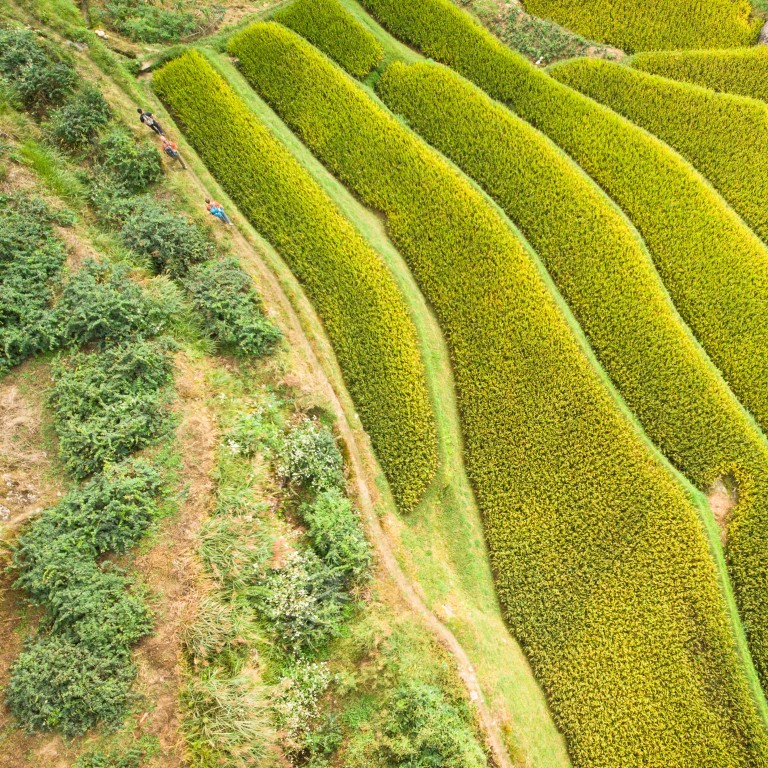
China’s first world-class hiking trail mapped out in Hunan’s Xuefeng Mountains
- The route is made up of existing rural paths and ancient walkways long forgotten by locals
- The team behind the venture hope to bring international adventurers – and their tourist dollars – to a little-seen but highly scenic corner of the country
Foreigners are still a novelty in the Xuefeng Mountains. Laden with firewood, the villagers who pass us react with curiosity and amusement at the sight of luyao (“donkey friends”) wandering through this remote part of rural western Hunan province, central China.
Donkey friends (independent backpackers) may become a more common sight, though, because China’s first world-class trail – generally accepted to mean one that is safe, well defined and easy to follow, well provisioned and that passes through areas of natural beauty – is being readied. The trail stretches for 100km across Hunan, from the mountains of Huxing to the wetlands of Simeng.
Landis and McCarron have visited Hunan – the province of Hu’s birth – several times to scout the route, covering some 500km by foot and mountain bike, and in the week I spend with them, it becomes apparent they have developed into minor celebrities, especially among the locals they are training to waymark and maintain the path.
Over team dinners eaten in restaurants along the trail, the pair are treated to spontaneous speeches and toasts raised to their hard work. In a hotel restaurant in the Shanbei Valley resort, one of the waymarking crew straddles a bewildered McCarron and kisses him on the cheek in drunken affection. On another night, baijiu fountains flow from bowls held by a row of folk-singing waitresses dressed in brightly coloured Huayao clothes and large circular hats. Raucous group photos are taken, snaps from the day’s work shared and admired.
There are thousands of hiking trails in China – many of them concreted – but none have the signage and other attributes necessary to appeal to a global clientele, says Hu. His designers have mostly made use of existing pathways, some of which, we’re told, have been trodden by villagers and their animals for 500 years. Other pathways, which had fallen into disuse, have been restored.
“Ancient paths that have been abandoned actually have lots of great views,” says Hu. “The reason they were abandoned is that [many villages are now served by] the transport system and people will choose the easiest access. We connect modern passes and ancient ones to enable hikers to enjoy the agriculture and history and also to make them understand villagers’ lives.”
In 2011, McCarron walked the 5,000km from Mongolia’s Gobi Desert to Hong Kong, and he wants to capture the essence of that adventure for others. “This trail strips out the suffering, keeps the good parts and hopefully condenses it into something that people can do in a week off work.
“We want to offer a window into unseen parts of China,” says the Northern Irishman, and even some of those who have lived their whole lives close to where the trail now passes tell us it has revealed beautiful areas they had not seen.
A work in progress, some sections are still so overgrown that McCarron and Landis have to hack us through with sickles, the long grass lashing our faces.
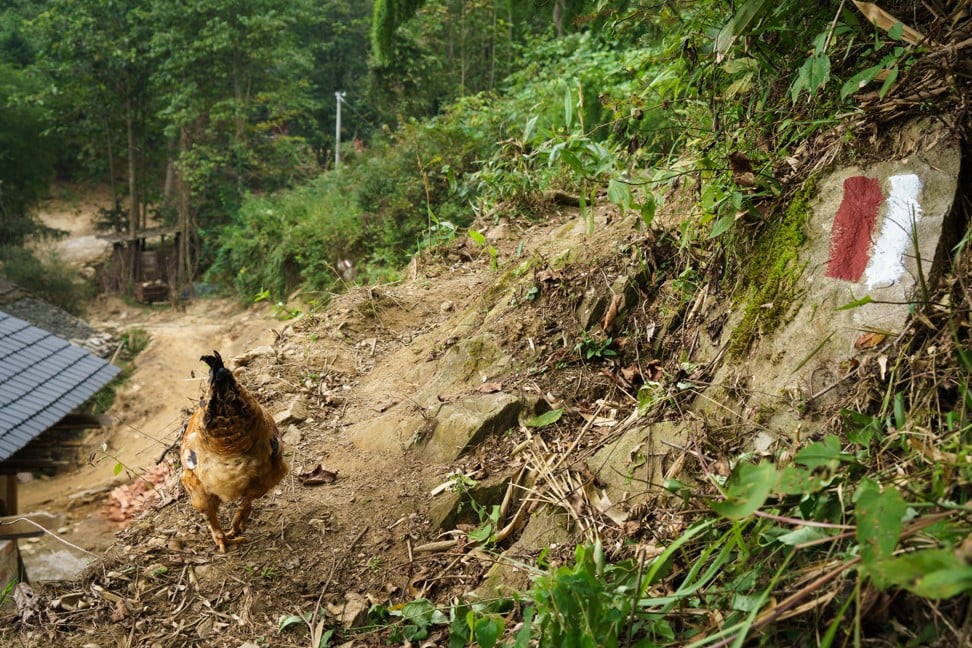
Each stage varies in length and difficulty. A 15km trek from Huxingshan, a mountain village at 1,320 metres, to the ancient rice terraces of Shanbei takes us on a steady, steep climb that makes me regret having brought a gear-laden backpack. I’m encouraged to walk ahead, a guinea pig following the red-and-white stripes painted as guidelines on rocks, tree trunks and other surfaces.
The idea is that a hiker should be able to walk the trail without having to follow someone else. Visitors will have access to digital trail data, maps and a written guide that details accommodation and resources along the route. Part of the designers’ job has been to gather this information and prepare it for distribution by tour operators and the local trail-management team.
Landis, a guidebook author who has designed trails around the world, says they have created itineraries of various lengths and are using Spain’s Camino de Santiago as a general benchmark.
We pass quiet villages – many just clusters of rundown wooden houses in various stages of disrepair or reconstruction surrounded by pine forest. Most of the inhabitants are working on their crops, leaving the odd grunting pig to greet us, chickens scattering as we approach. The people we do meet tend to be elderly or their young grandchildren, the middle generation having left for cities in search of opportunities. We’re plied with home-grown pink pomelos and kiwi fruit, giant fried bee larvae and honeysuckle juice.
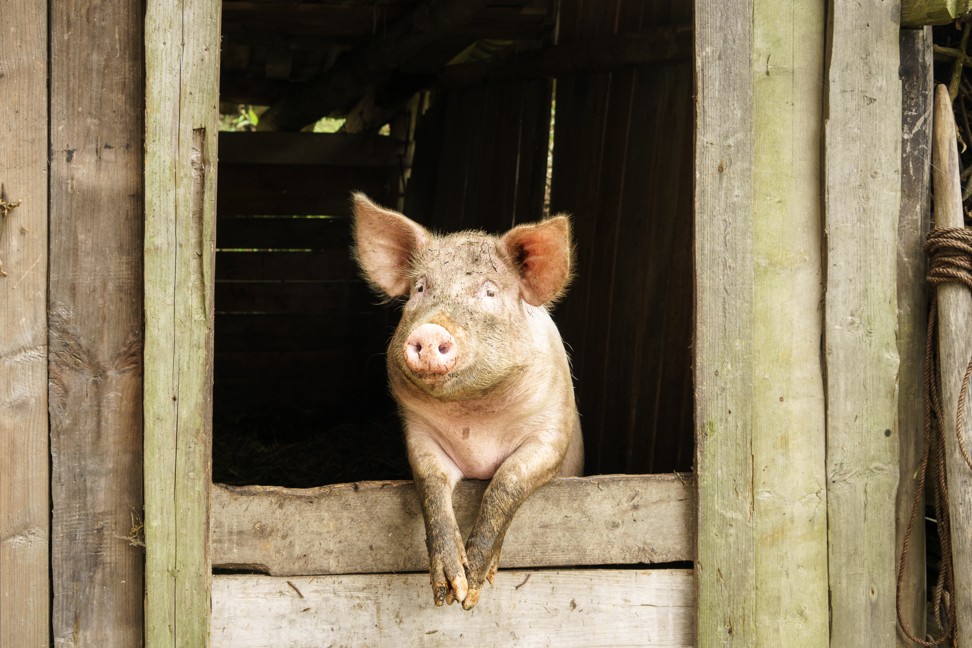
The Huayao, the main ethnic minority here, are famous for their cross-stitching and folk song. Hu asks them about their customs and folklore, as few written records exist. But most are shy, telling Hu, in thick dialect, they don’t speak regular Mandarin. One farmer agrees to an interview but becomes so paralysed by stage fright when he sees the camera, he can barely pronounce his own name. A friendly toothless granny with long, leathery hands pauses her chores to share some rice with us but proves too deaf for a coherent conversation.
Some say we are the first foreigners they have seen coming through here; one man, returning from hunting bamboo rats in the hills, says he recently saw two Westerners, but upon further investigation these turn out to have been McCarron and Landis, on an earlier recce.
Viewed from 1,578 metres, the highest point of the trail, a dense fog lends an otherworldly feel to the barely visible landscape. We trudge on, fighting our way through an overgrown tunnel of bamboo, and finally emerge, exhausted and damp, to an open view of a luminous green valley. The path snakes ahead, hugging the gentle curves of 1,000-year-old terraces. The afternoon sun evaporates the mist, revealing an endless glittering patchwork of flooded paddies and crops.
Over the days that follow, we trace the mountains’ natural water sources as they are funnelled into rice terraces or small rivers, which we wash in. We leave behind the sleepy villages and wilderness, and see signs of modernity near the new bullet-train station in Xupu South. The deeper we plunge into the lush valleys, the more the sun stings, our feet sliding on stones worn smooth by centuries of use.
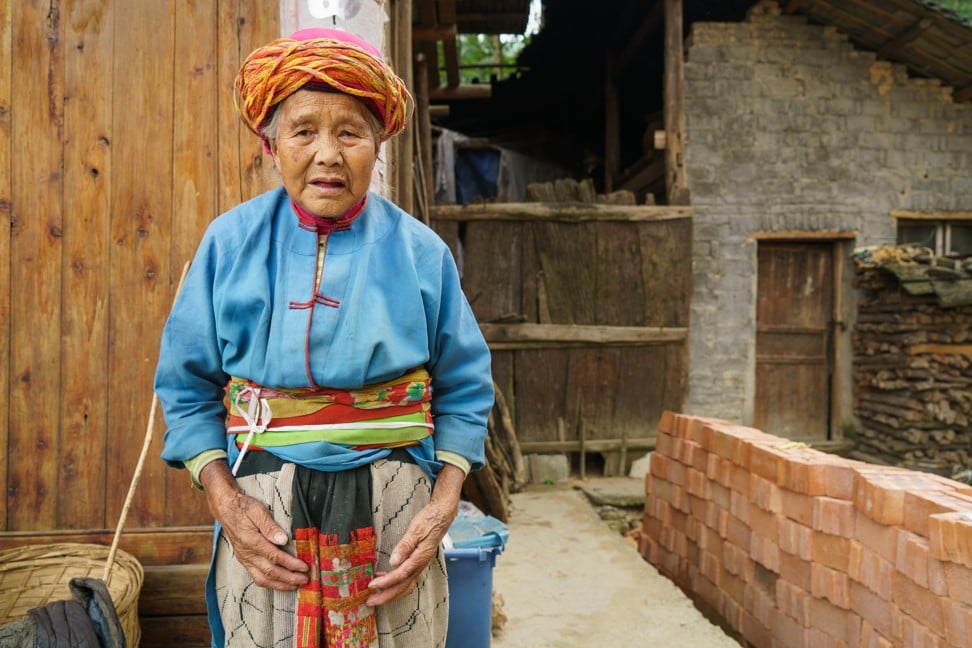
Accommodation along the route ranges from hard-bedded hostels to small mountain resorts. Our last stop, Yanqi Resort, in Yan’erjie, with its wooden cabins and sloping tiled roofs, follows the architectural style of a farming village in which some houses date back 300 years.
Improved roads and rail lines, and investment in resorts and restaurants have already drawn a trickle of domestic tourists to this end of the trail. They come from Changsha and other nearby cities for the spicy, fresh food, and a taste of both Huayao culture and the ancient Tea-Horse Road, which also runs through here. They get a sense, too, of the land poet Qu Yuan was exiled to 2,300 years ago.
Residents are also benefiting. “The new road has improved our lives; everything has become more convenient,” says farmer He Caikao, 68. “We used to need to carry everything on our shoulders.”
When the vast majority of foreign visitors to China headed for the tier-one cities, there was neither the demand nor the infrastructure to support a trail such as his, explains Hu. “Now there is the demand, and we have the team, the know-how and the access to make it happen.” The Hunan Xuefeng Ecological & Cultural Tourism Co is funding the project and the London-based China National Tourist Office is helping to give it exposure.
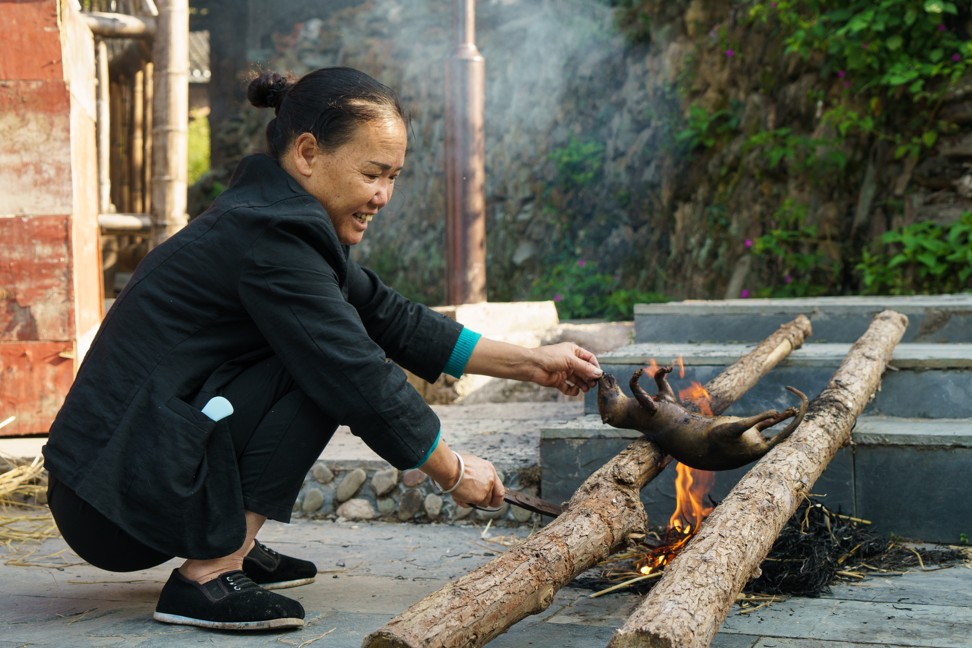
“The Chinese economy is booming, but there is still a lot of poverty in the rural areas,” says Hu. “So how to reduce that gap? By introducing tourism and offering job opportunities. The trail will bring the community together, so everybody along it can be its hosts.”
Farmer He agrees, “Of course more tourists coming here is beneficial to us. The young people could come back if business was good here.
“Nowhere is better than home.”

